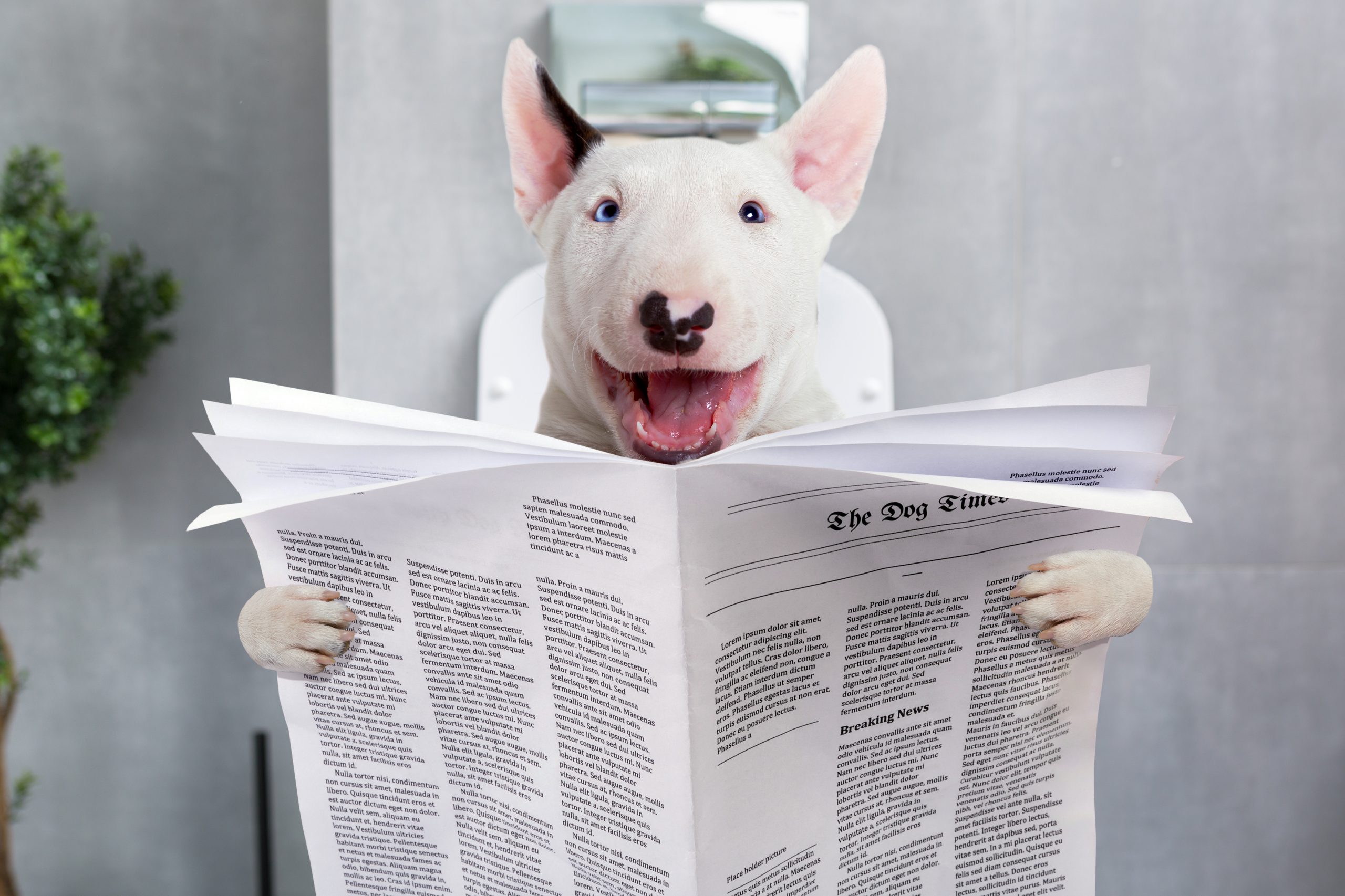This technique is based on constant supervision, your pup will be attached to you all the time by a leash. It is going to ensure that you will be able to interrupt, immediately correct, and redirect your dog to the right spot when it is showing signs of needing to go.
Equipment
You will need the following:
- Leash – 6-foot length is recommended to give your pup freedom to move about while being close enough to you.
- Food treats
- Cleaning agents for accidents
You will also need:
- Exercise pen or baby gate to confine your pup when you have to leave it alone.
Training Guide
The basic steps are:
1. Get your pup used to wear a collar and leash.
It may take some time. Some pups immediately get used to the collar and leash, but some are adverse to them.
- Attach your pup to you or a family member.
- Loop the leash through your belt or around your wrist. It’s not recommended to loop the leash around your ankle because your pup will grow stronger and it will be able to pull you over.
- Go about your business as usual, with your pup following you around of course.
- If you are watching a TV or settling down for a while, you can attach the leash to a sturdy item or furniture near you.
- Take your pup to the bathroom.
On the regular schedule that is appropriate for your pup’s age, take it to the bathroom spot.
- Watching for signs that your pup is about to do its business, such as whining, squatting, agitated circling, ground sniffing, or trying to get away from you.
- Reward and praise your puppy lavishly.
- Correct your pup.
If you catch your fur buddy about to do its business in an inappropriate area, do not get angry or shout. Calmly but firmly tell it, “No.” Lead your pup to the right place.
Watch carefully and use intervals for outdoor training.
When you take your pup for its spot for a scheduled poop time, or if your dog shows signs of eliminating but it does not go, take the puppy back inside the house (if training outside) or go back doing your usual chores.
Depending on your pup’s age, in 5, 10, or 20 minutes, take it to the spot for another try.
Be vigilant because puppies usually go soon after interruption or after an attempt to go.
2. Release your pup for a short time.
Depending on your pup’s age, you can give them freedom off the leash. However, this is supervised free time, meaning you are close by to watch it.
- Under 12 weeks – 3-5 minutes
- 12-16 weeks – 10 minutes
- Over 16 weeks – 15 minutes
Increase your pup’s freedom time as it gets older, over time, your dog can be trusted off-leash.

